Related Blogs
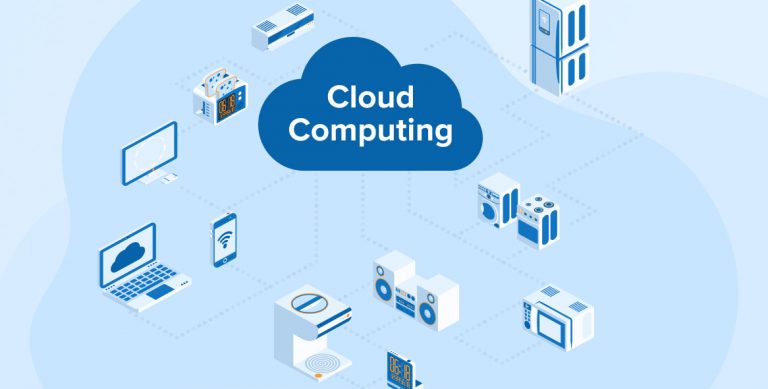
In today’s technology-driven world, everybody is keen on learning and adopting new technology for business or personal use. Cloud computing is one of the hot topic in this segment. There are plenty of information on websites trying to demystify cloud computing technology but very few can enlighten correct understanding and benefits of cloud computing.
In this article, I have tried to keep content precise and to the point. Let us start with definition of cloud computing first.
In plain English, cloud computing is a shared pool of configurable computing resources (e.g., networks, servers, storage, applications, and services), hosting end customer apps that are billed by consumption. It is an ability to use your applications on the web leaving all hassle of backend infrastructure and setup to service provider.
Let me give you an example to make it clearer. Suppose you are planning to start your business venture and looking for office space. You have 2 choices: You can either build your own office or you can rent full furnished property. If you build an office, you will have to manage furniture; electricity, telephone, internet connections etc. on your own. But you will get an option to customize it like wall colors, furniture wood, windows, lighting etc. After office is built, you will have to do maintenance of all these things. Second option is to rent a ready to use office. You do not have to take headache of all above things; you just have to pay rent and utilities. But here you will have little freedom to customize it.
Now let’s translate this in terms of cloud computing. As an end-user, you’ve been using Cloud since many years. Gmail, Yahoo, Bing, FaceBook, twitter all are based on cloud. You might have wondered sometime how Gmail is able to handle massive email data with near to zero percent downtime. How Facebook is able to sustain billions of users and connections without delay. Thanks to cloud computing.
Some key facts and figures
Nearly 60% of European CIOs reported using specific cloud computing services although many didn’t understand that fact.
Cloud computing is poised for significant growth over the next few years. According to a projection, sales of cloud computing services would almost increase to 300% during five years from 2009 to 2013.
Cloud architecture consists of various data centers built on computer and storage virtualization technology. Cloud computing system is divided into two parts: the front end and the back end. They connect to each other through internet. The front end is the part which end user sees or uses from his computer. The back end is the “cloud” part of the system.
Back end part comprises various computers, servers and data storage systems that produce the “cloud” of computing services. From end user perspective, each application will have its own dedicated server but in actual scenario they are virtual instances of applications running inside virtual server containers. Workload distribution mechanism or often called grid engine is used for load balancing among these virtual containers. Let’s have a look at below diagram to make things more visualized.
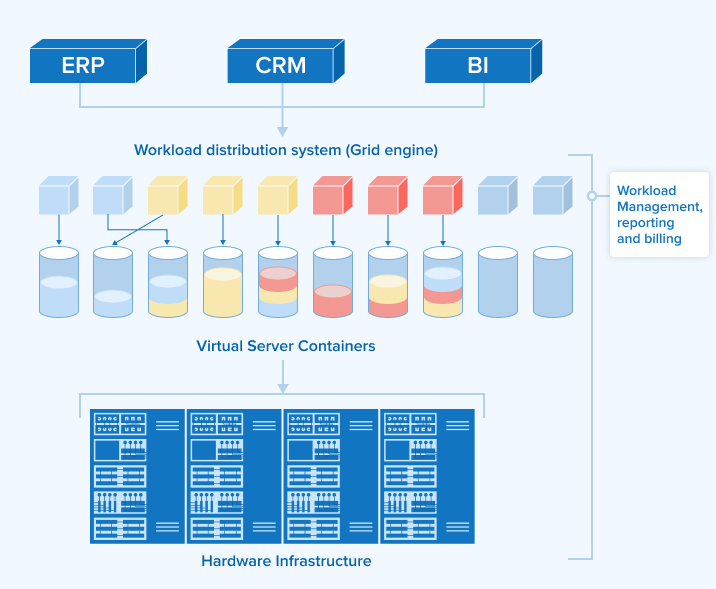
There is a central server who is responsible for administering the system, monitoring traffic and client demands to ensure everything is in sync. This is achieved by using set of protocols and middleware. Middleware allows networked computers to communicate with each other.
There are numerous applications of cloud computing. Potentially, you can run simple spreadsheet application to custom ERP product on cloud.
With cloud, you have freedom to add as many servers as you want any time without waiting for days. You can expect your website/application in cloud to be always up as your data is replicated 3 or 4 times in data centers. You can also choose where your servers will reside. You can expand or contract computing power or storage based on your business condition.
But there is a catch. Cloud is relatively new technology and everybody is learning. There are only few big players capable of building such massive infrastructure like Google, Amazon and Microsoft. You are also losing some controls in terms of physical security, configurations, on-hand access to resources.
Let me clear out the confusion regarding how to subscribe to or go for the actual cloud services. As a business or individual, you can either pay to your software service vendor who has tie up with cloud provider or you can directly build your own software on provider’s platform and pay them directly.

Vishal Shah
Vishal Shah has an extensive understanding of multiple application development frameworks and holds an upper hand with newer trends in order to strive and thrive in the dynamic market. He has nurtured his managerial growth in both technical and business aspects and gives his expertise through his blog posts.
Subscribe to our Newsletter
Signup for our newsletter and join 2700+ global business executives and technology experts to receive handpicked industry insights and latest news
Build your Team
Want to Hire Skilled Developers?

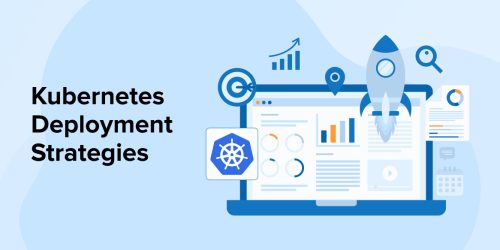
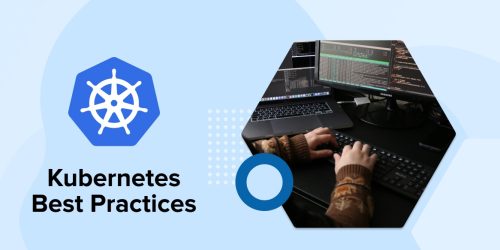
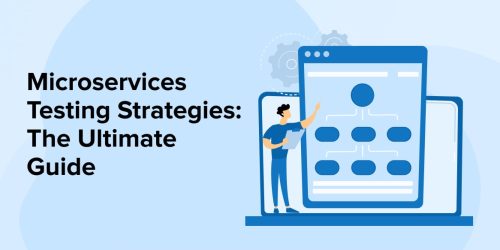

Comments
Leave a message...